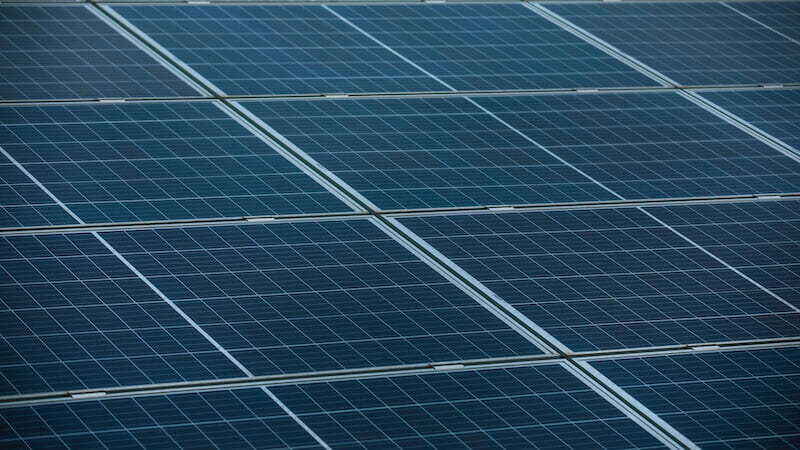
Researchers at Lehigh University have developed a solar cell that has a quantum efficiency of 190 percent. The background is a new material that is intended to significantly increase efficiency.
The expansion of solar parks is likely to gain further momentum in the coming years. Because no other energy source offers such a low price per kilowatt as the sun while being completely climate neutral. But the further development of solar panels does not stand still. After all, common systems only achieve an efficiency of just under 20 percent. But that could change soon.
Lehigh University researchers recently achieved a milestone in the development of solar energy technology. They developed a new material with an external quantum efficiency (EQE) of up to 190 percent. Quantum efficiency is a measure of how efficiently a light-sensitive device (such as a photosynthetic system) can convert photons into electrons. This development could dramatically increase the efficiency of solar cells and advance their use worldwide.
Solar cells promise even better solar panels with high quantum efficiency
The material uses so-called intermediate band states within its electronic structure. These offer ideal energy levels for converting solar energy. The states allow the material to efficiently absorb sunlight and generate charge carriers.
What is special is that the material has a high absorption rate in the infrared and visible regions of the electromagnetic spectrum.
Another key aspect is its ability to generate more than one electron per photon absorbed. Scientists call this ability multiple exciton generation (MEG). Although MEG materials have often not been commercialized to date, they have the potential to significantly increase the efficiency of solar power systems.
Researchers deliberately manipulated the material at the atomic level
The researchers used so-called “van der Waals gaps” to develop the material. These are atomically small gaps between two-dimensional layers of material into which they inserted copper atoms. This method, known as intercalation, allowed researchers to specifically change and optimize the properties of the material.
Although the integration of the novel quantum material into existing solar energy systems requires further research and development, it shows great potential for the development of next-generation solar cells. Because they play a crucial role in meeting global energy needs.
Also interesting:
Source: https://www.basicthinking.de/blog/2024/04/24/solarzelle-quanteneffizienz/


